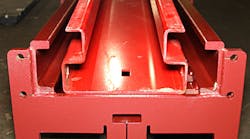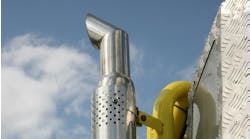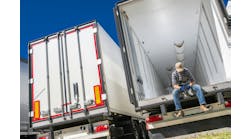The vehicle lift market offers a range of prices in the most common 10,000- to 16,000-lb lifts. If only looking at purchase price, shops would never buy a better lift. From a different view, every piece of shop equipment also has a cost of ownership. If the cost of ownership is lower on a better-made lift, after a few short years, the less expensive lifts are more expensive, wear out sooner and need replacing, which truly cost more than having bought a higher quality lift to start.
Overall, higher quality lifts are designed like a forklift using heavy welded steel channels that have sealed roller bearings gliding up and down within the columns.
Conversely, less expensive lifts are made of lighter sheet metal that is put on a break and formed. Inside of the formed channels, ultra high molecular weight (UHMW) - also known as plastic - slide blocks are used instead of sealed roller bearings. UHMV slide blocks wear out. Replacing them involves a full day service call to disassemble the lift, purchase and install new slides then re-assemble the lift. This is often an $800 or $1,100 service bill.
How many hoses has your shop has replaced in customers' vehicles this year? Now compare that number to how many steel lines your shop replaced in vehicles over the same time period. There’s a huge difference. We use this vehicle repair analogy because some lifts use steel hydraulic lines while others use hydraulic hoses which need regular replacement. Once again the lift in that bay is down for repairs, which is costing your shop lost productivity or profits.
Information provided by: Mohawk Lifts




